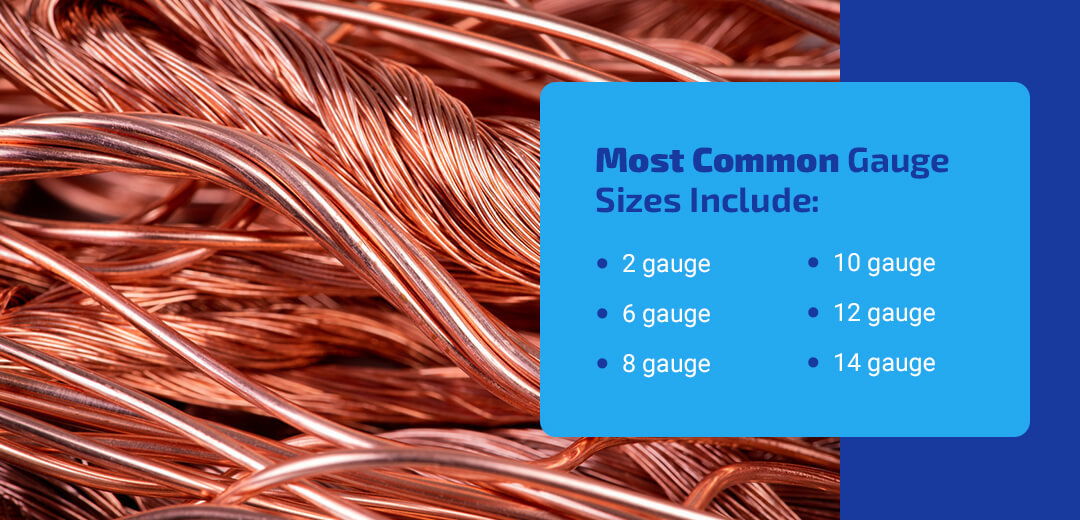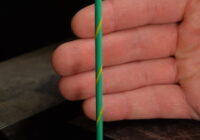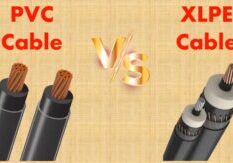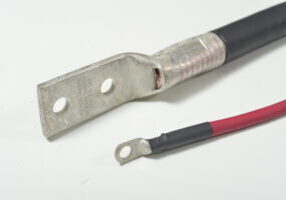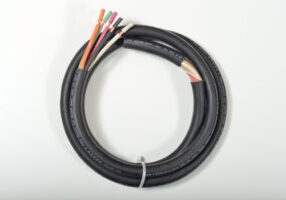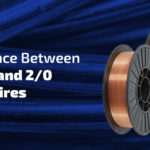
Dec 27, 2021
Difference Between 2 AWG and 2/0 AWG Wires
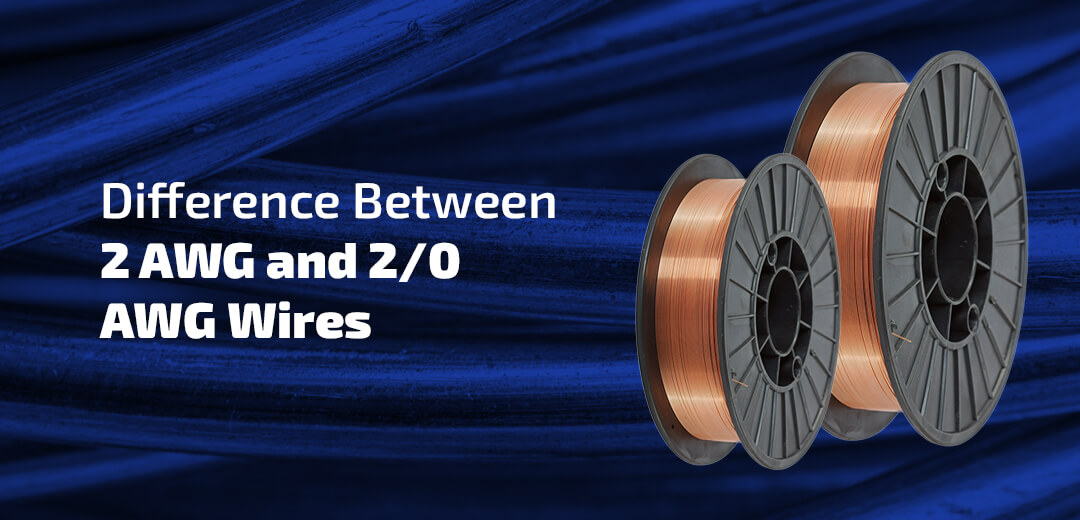
Like many technical projects, some terminology, equipment and measurements may be challenging to understand without professional knowledge or experience. Wiring sizing is often a category of measurement that can be confusing for an untrained eye to understand and recognize. There is an abundance of information, numbers and corresponding sizes to keep in mind. For example, what’s the difference between 2 AWG and 2/0 AWG wires? They may seem like they’d be interchangeable because they’re both labeled with the number two, though they have significant differences.
Gain a better understanding of identifying electric cable sizes and 2 AWG vs 20 AWG wire measurements to know the difference between these two wire sizes.
AWG Meaning
In the United States, the standard form of measuring a cable’s thickness is the American Wire Gauge (AWG). AWG measurements are most commonly used for electrical conducting wires and is the standard for wire sizing and current rating. When considering AWG measurements, it’s important to remember that the thickness excludes the wire’s outer jacket and only includes the diameter of the copper wiring inside. The rule of thumb is that the larger the gauge number, the thinner the wire and vice versa. For example, a 4 copper wire will be smaller and thinner than a 1 copper wire.
A wire’s thickness affects its properties, such as load carrying and resistance capacity. For this reason, industry professionals and anyone using wires need to know a wire’s gauge to determine if it’s suitable for specific applications. For example, lower AWGs are used in furnaces and stovetops, while higher ones are used in extension and low-voltage cords.
Wire Numbering System
The system used for numbering wires with AWG is based on how many dies the copper has to be drawn through to reach the desired diameter. This is where the meaning behind the larger the gauge, the smaller the wire comes from.
The AWG numbering system ranges from 0 to 44 gauge. The most commonly used sizes include:
- 2 gauge
- 6 gauge
- 8 gauge
- 10 gauge
- 12 gauge
- 14 gauge
The system also includes three increments below zero — 00, 000 and 0000 — referred to as “aught” instead of gauge. So instead of referring to the cable as 00 gauge or 000 gauge, you would refer to them as 2/0 aught and 3/0 aught. You may also see it written as 2 0 wire, for example.
With this knowledge, we can determine that the difference between 2 AWG wire and 2 0 wire is the thickness. More specifically, a wire labeled 2 0 will be thicker than a wire labeled 2 AWG. Also, lower AWG wires typically have higher amps, which are an electrical current’s base unit. For example, a 2 0 copper wire will have up to 200 amps, while a 2 AWG copper wire will have up to 125 amps.
Knowing the ampacity of these two wires also helps you determine which wire will be more suitable for certain applications. For example, a 2 0 wire will have too much strength for the same application as a 2 AWG wire, and a 2 AWG wire will lack sufficient amperage for a 2 0 wire’s application.
Factors to Consider When Choosing a Wire
How do you know which wire to choose in different situations with so many different-sized wires and ampacities? There are some commonly relied-on rules of thumb for frequently used wire sizes. For example, you can generally expect 6 AWG to be suitable for 55 amps, 8 AWG for 40 amps, 10 AWG for 30 amps and 12 AWG for 20 amps. However, while these “rules” are often safe to assume is correct, there are some cases in which different gauge wires would work better.
If you’re unsure about which size wire to use, consider some of the following factors:
- What is the wire made of? While wires can be made of other materials, the two most common are copper and aluminum. This is important when choosing a wire for a job or project because copper and aluminum conduct electricity differently. Copper wire has a higher ampacity than aluminum wire of the same gauge. This means the aluminum wire would need to be bigger to reach the same ampacity as copper and do the same job.
- What is the wire’s insulation rating? The insulation rating is the temperature range the wire can function without overheating. The wire material and ampacity can also affect the rating, which is why it’s important to consider. For example, a 2 AWG copper wire and a 2 AWG aluminum wire can be rated at different temperatures, thus leaving them with different ampacity. Typically, the temperature rating must be within a specified range for the equipment to work together properly.
- Are there minimum and maximum ampacity ratings? In some cases, the application will specify a minimum and maximum ampacity. This rating lets you know what the circuit can support and what it can protect the equipment against in the event of an electrical overcurrent. If these specifications are available to you, use them to narrow down your wiring options to one that will adequately work with the circuit.
- What are the benefits of each gauge? The 20 AWG wire, for example, offers specific advantages such as higher resistance and better suitability for smaller, precision applications. Understanding these benefits can guide you in selecting the best wire type for intricate electronics or low-power applications.
- What are the practical applications of each gauge? For larger scale projects requiring robust power handling, 2 AWG wire is often preferred, ensuring safety and efficiency.
Why Choosing the Right Wire Is Crucial
Understanding electrical cables helps you choose the right wire which is crucial to the safety and functionality of the circuit you’re assembling. Each wire is designed to hold a specific voltage and amperage. Using the wrong-sized wire can quickly lead to overheating, resulting in a fire hazard. As high amounts of electrical current flow through wrongly sized wires, the wire can be subject to melt. In addition to potentially melting or burning the circuit and item, running improper voltage through appliances and electronics can damage the circuit, causing it to function improperly.
Ultimately, the wrong-sized wire can damage your electronics or cause them to function incorrectly. To avoid costly repairs, determine the best-sized wire for your application before connecting the wires.
Learn More About AWG Current Rating, Wire Gauge Size & Capacity
Finding the right wire gauge size for your project can be challenging, especially when unsure where to look. Look no further than WesBell Electronics for all your wiring needs. With various AWG sizes in various materials and casings, we’re confident we can help you find the right wire for the job. From tinned copper wire to multiconductor shielded cables, check out our extensive inventory of products for your electronics.
For pricing, questions, and custom needs, contact our team at WesBell Electronics. We’re more than happy to help you get fitted for the right size wire.

